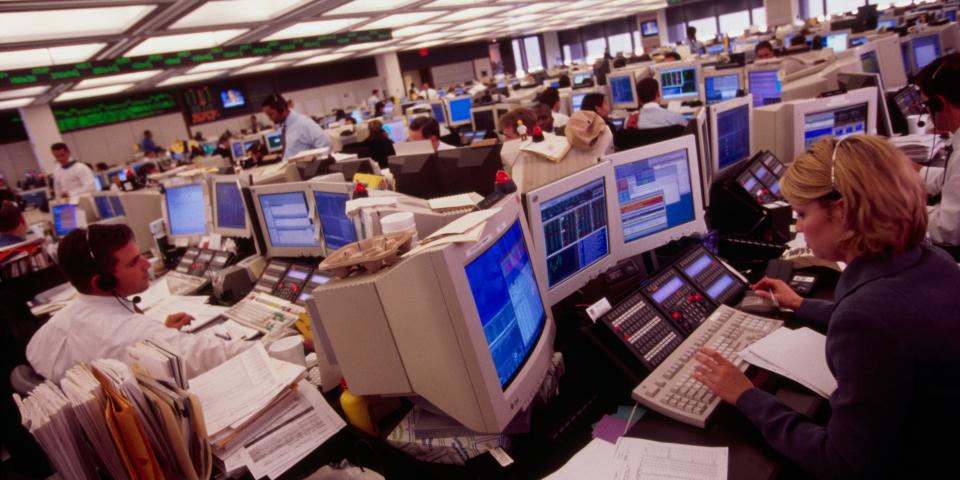The stock market could see a meltup similar to the 1990’s, according to Ed Yardeni.
Yardeni said the new scenario is possible following the S&P 500’s jump to new record highs last week.
Interest rate cuts from the Federal Reserve and a surge in tech stocks would fuel the melt-up.
A 1990’s-style melt-up in the stock market is possible after the S&P 500 hit new record highs last week, according to market veteran Ed Yardeni.
Yardeni outlined the melt-up scenario in a note to clients on Sunday, assigning a probability of 20% as investors continue to bid up technology stocks.
“This is a new scenario that we haven’t discussed before. In this one, the Fed becomes concerned that inflation is falling below 2.0%, and responds by aggressively cutting interest rates even though the economy continues to perform well,” Yardeni said.
In such a scenario, Yardeni believes the stock market would respond by staging a melt-up with technology stocks leading the way, but it wouldn’t last forever and would likely end painfully for investors.
“The resulting valuation bubble bursts when the Fed is forced to raise interest rates because asset inflation shows signs of turning into another round of price inflation,” Yardeni said.
The Fed itself expects to cut interest rates three times this year, though market expectations are more dovish and are currently pricing in about six interest rate cuts, according to the CME Fed Watch Tool.
In terms of how much room technology stocks would have to run higher in this scenario, Yardeni highlighted that valuations today look relatively tame compared to the dot-com peak in 2000.
The forward price-to-earnings ratio of the technology sector is 26.2x today, which is almost half of the 50x forward price-to-earnings ratio the sector hit in 2000.
“Irrational exuberance would make a comeback in this scenario. It’s a lot of fun for stock investors while it lasts,” Yardeni said.
While this melt-up scenario is a possibility, Yardeni still believes the most likely scenario for the stock market is a Roaring 2020’s type boom that lasts several years thanks to a surge in productivity growth that helps inflation remain tamed. Yardeni ascribed a 60% probability to this scenario playing out.
Read the original article on Business Insider
Credit: Source link




